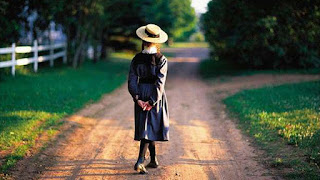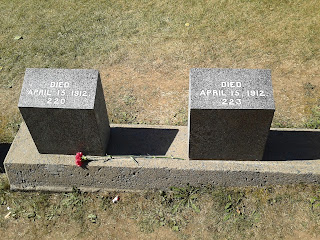When I was growing up as a teenager in than-Yugoslavia, there were hardly any books about popular music around - with two notable exceptions of Rock and Jazz encyclopedias (foreign work, translated by rock critic Dražen Vrdoljak) there was absolutely nothing on the market as perhaps popular music was at that time not considered worth serious attention. If you were passionate about pop music, there were handful of illustrated magazines and cute, little "ITD" written seemingly by teenagers for teenagers was our only window in the world far beyond geographical limits. At certain point I have discovered libraries in foreign embassies (imagine how much I must have searched trough regular libraries until that point) and they did have music magazines and books - what a joy! - this resulted in my membership in US, British and German libraries (no wonder I eventually became multilingual) and frustration upon finding that all those beautiful and interesting records have never even been released in my country.
So facing the limitations of both unavailability of foreign records (whatever we had, was released years after the original date) and absolute lack of any music literature, I depended on occasional TV video clips and word of mouth to find out about something different than what radio played. How can I forget my trip to Ljubljana (another country, two hours by train in one direction) where they had foreign bookshop and the whole purpose of my trip was to order the book and than wait two weeks until the darn book arrived, than another trip to collect it and to find out that what I expected to be "Women in Rock" was in fact lesbian fiction "Woman on the rock".
Luckily, things have changed and improved.
Nowadays the literature about popular music is completely accepted part of publishing world and in every bookshop there is a whole section with biographies, reviews, essays and encyclopedias, the wealth of titles that would give me heart attack if only I could see them when I was fourteen. And the titles of these best-sellers are constantly changing and evolving, proportionately to public interest in certain musicians. People who used to be biggest stars in 1980s (when I was growing up) are replaced with other stars, someones death usually brings several quick cash-in biographies and some writers go so far that they actually lovingly write about musicians from decades ago (the best examples are Peter Guralnick, Garry Giddins and Will Friedwald whose work I adore and find fascinating). This book came my way completely by accident - isn't this the best way? - and naturally, since the passion for music literature has never left me, I gulped it in two days, than re-read some chapters with greatest pleasure.
Other authors have written about lives of various musicians and some have even focused exclusively on music, but Matt Dobkin goes one step further and focuses exclusively on one particular album. Mind you, its not just any old album but the album that caught the defining spirit of late 1960s, reflected civil rights movement and catapulted Aretha Franklin into stardom as enthroned Queen of Soul, female answer to brother Ray Charles. It is perhaps difficult to understand today how strict the racial barriers were up to that point and how important was that this particular release suddenly became hip, trendy and accepted by general audiences all over the world (encouraged by admiration of local rock stars, audiences in UK were already long enamoured with soul music). This was not just any sugary pop Motown cookie cutter or whitewashed version refined for wide market but a full-blown battle call for attention and yes, R-E-S-P-E-C-T. It truly (and deservedly) shook up the pop world, bringing the whole avalanche of spectacularly gifted performers for whom Franklin opened the doors.
Dobkin writes with passion (how else can you write about this album?), fascination and knowledge, going so far to actually interview people involved in creation of this masterpiece. He carefully examines the social climate of the times, background of main characters, Franklin's past and influences, the difference between her Columbia and Atlantic music and how it came to be that previous recording company failed to do what Jerry Wexler and his bunch of Southern white musicians achieved so spontaneously.
(It comes as a surprise to realise that this, quintessential soul album actually had studio full of Caucasian musicians - led by self-confident and determined singer who actually co-produced the whole thing.) Even years after the fact, everybody remembers the recordings vividly, as it changed their lives and became a benchmark against future soul music was always compared. "She certainly has been a beacon" poet Nikki Giovanni said " I mean, there are ships out there and she's been the lighthouse. And it's been good. Because some of us do crash. But it's nice to know where lighthouse is."
This is so far the best book focused on single album that I have ever came across. You can't help but run and play the Aretha Franklin music immediately.






























